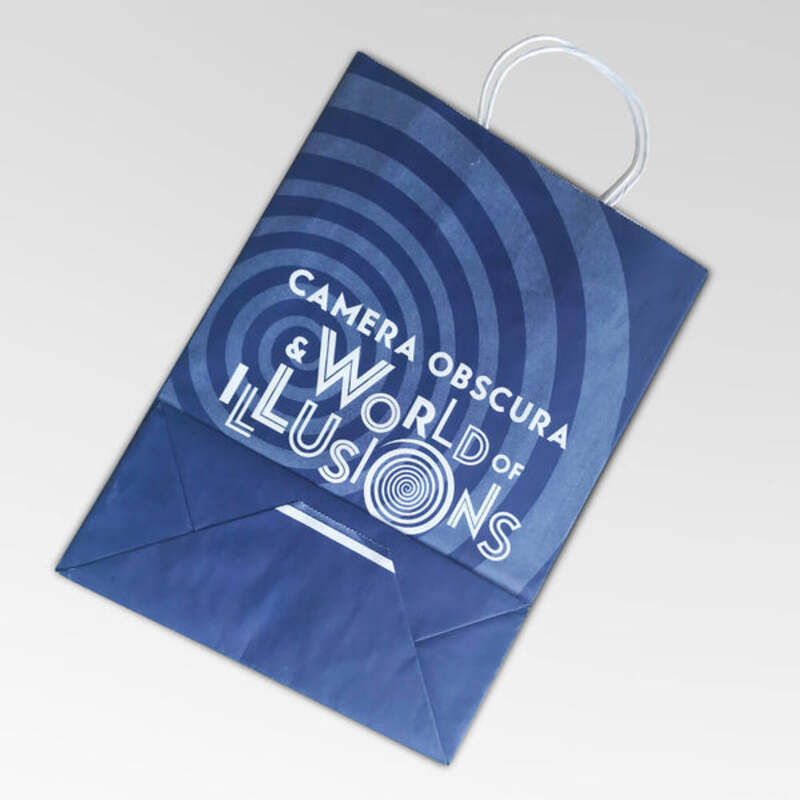The Iconic Appeal of Fish and Chips Boxes
Fish and chips, a beloved culinary delight, is not just a dish; it’s a cultural symbol that has been celebrated across the United Kingdom and beyond. To fully appreciate the experience of enjoying this classic meal, one must also consider the aesthetic and functional aspect of the packaging—specifically, the fish and chips boxes that house this delectable fare. These boxes represent more than just a means of transportation; they are an integral part of the dining experience.
Historical Background
The origins of fish and chips can be traced back to the 19th century, with roots in the Jewish immigrant community in England and the introduction of fried potatoes from France. The meal quickly became popular among the working class, thanks to its affordability and satisfying nature. As the demand for this delicacy grew, so did the need for effective packaging. Fish and chips boxes were born, designed specifically to retain heat, keep the food fresh, and provide a convenient way to enjoy the dish on the go.
Aesthetic Appeal
When one thinks of fish and chips boxes, what often comes to mind is the distinctive white paper or cardboard packaging, often adorned with blue or red stripes. This coloration is significant; it reflects the traditional seaside theme associated with the dish. The design is both simple and iconic, creating an instant recognition factor that appeals to consumers. Many local fish and chip shops take pride in distinctive branding, using unique logos and vibrant colors that echo the charm of their establishments.
The graphics on these boxes often include playful illustrations of fish, chips, and even the quintessential British seaside, enhancing the visual appeal. This adds an element of joy to the dining experience, turning a simple meal into a feast for the eyes as well as the palate.
Functional Design
The design of fish and chips boxes goes beyond aesthetics. They are meticulously crafted to serve functional purposes. Typically, the boxes are made from grease-resistant materials that prevent the food from becoming soggy. This is particularly important for a meal that includes fried components, ensuring that the crispy texture of the fish and chips is maintained during transport.
fish and chips boxes

Moreover, many fish and chips boxes come with compartments, allowing the fish and chips to be separated, preventing the chips from absorbing excess moisture from the fish. Some innovative designs even feature built-in holders for condiments like tartar sauce or vinegar, enhancing the overall convenience for the consumer.
Sustainability and Modern Innovations
In recent years, with a growing emphasis on environmental sustainability, the packaging industry has taken strides toward eco-friendly materials. Many businesses are now adopting biodegradable or recyclable fish and chips boxes to reduce their carbon footprint. Consumers are increasingly conscious about their choices, prompting establishments to seek packaging solutions that are not only functional and appealing but also environmentally responsible.
Innovations in packaging design have also emerged, utilizing advanced materials to protect the food longer and maintain its quality. Some modern boxes even include ventilated sections that allow steam to escape, further preventing sogginess while keeping the meal warm.
The Cultural Experience
The experience of enjoying fish and chips is inherently tied to the box it comes in. The moment a customer receives their meal wrapped in that iconic packaging, it evokes a sense of nostalgia and comfort. For many, it prompts memories of seaside vacations, family outings, or warm summer nights spent savoring this traditional dish.
Moreover, fish and chips boxes have become popular beyond just their intended use; they have found their way into various aspects of pop culture. These boxes are often featured in advertisements, culinary competitions, and even as props in films and television shows, further embedding their place in the public consciousness.
Conclusion
Fish and chips boxes may seem like a simple aspect of this classic dish, but they encapsulate a rich history, functionality, and cultural significance. From their aesthetic appeal to their practical design, these boxes serve as a reminder of the joy that comes from enjoying good food in a convenient, nostalgic package. As the culinary world continues to evolve, so too will the fish and chips box, adapting to modern principles while still honoring its traditional roots. Next time you indulge in this iconic meal, take a moment to appreciate the humble box that carries it—a true symbol of a beloved culinary heritage.



